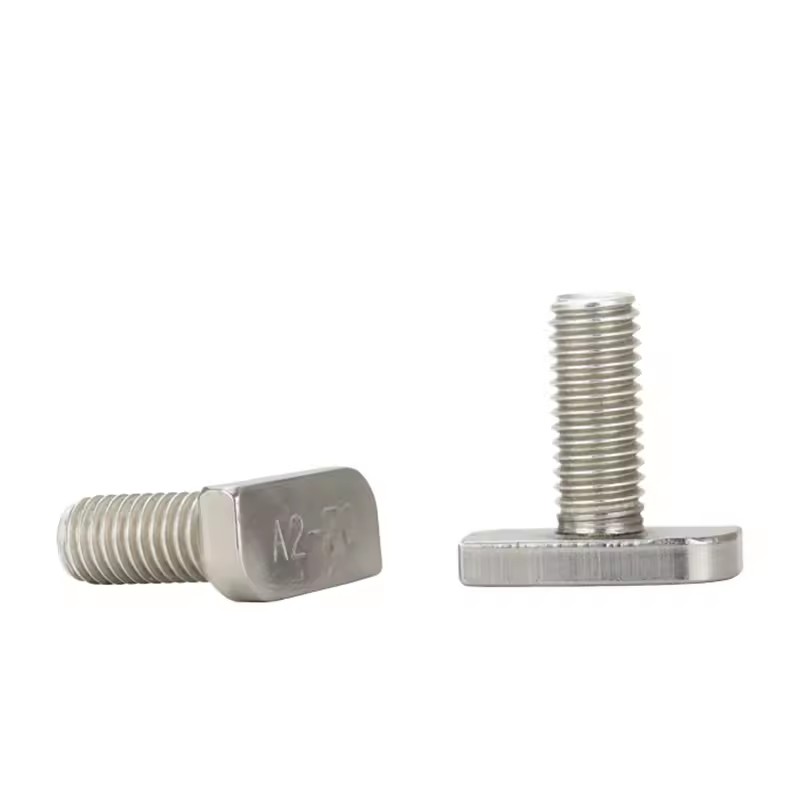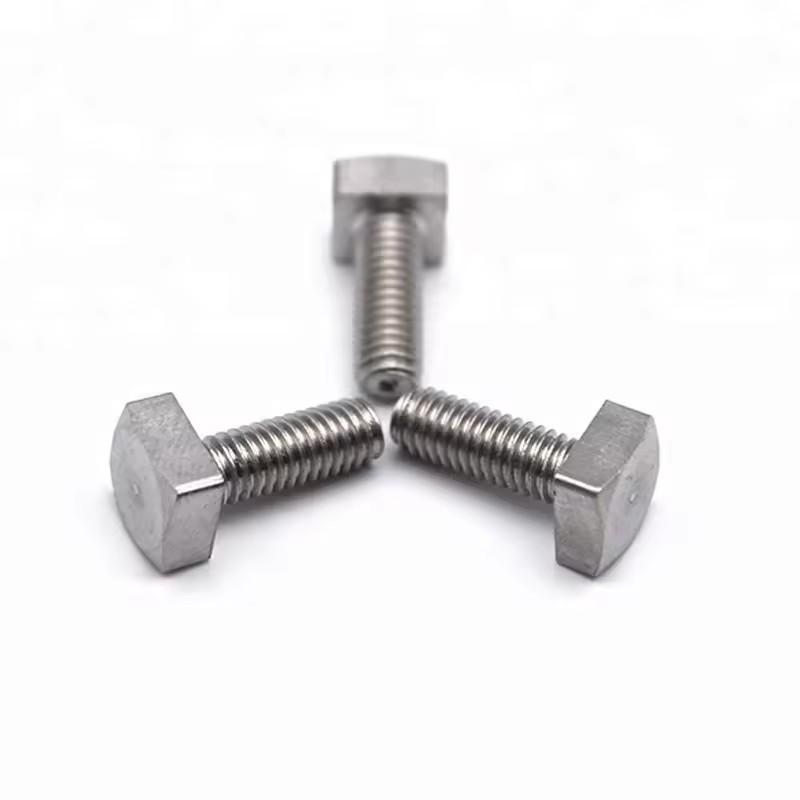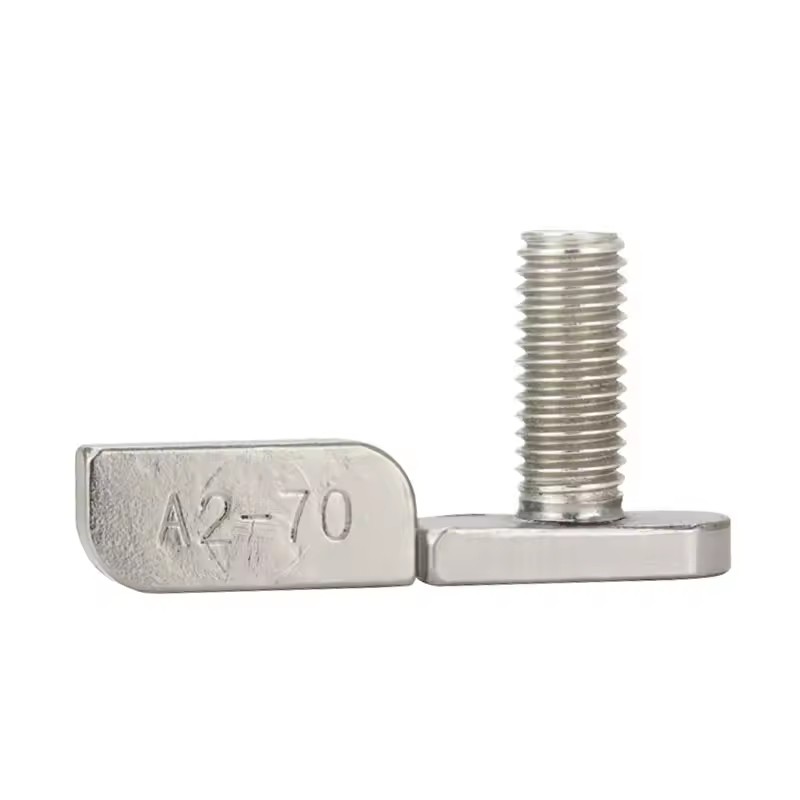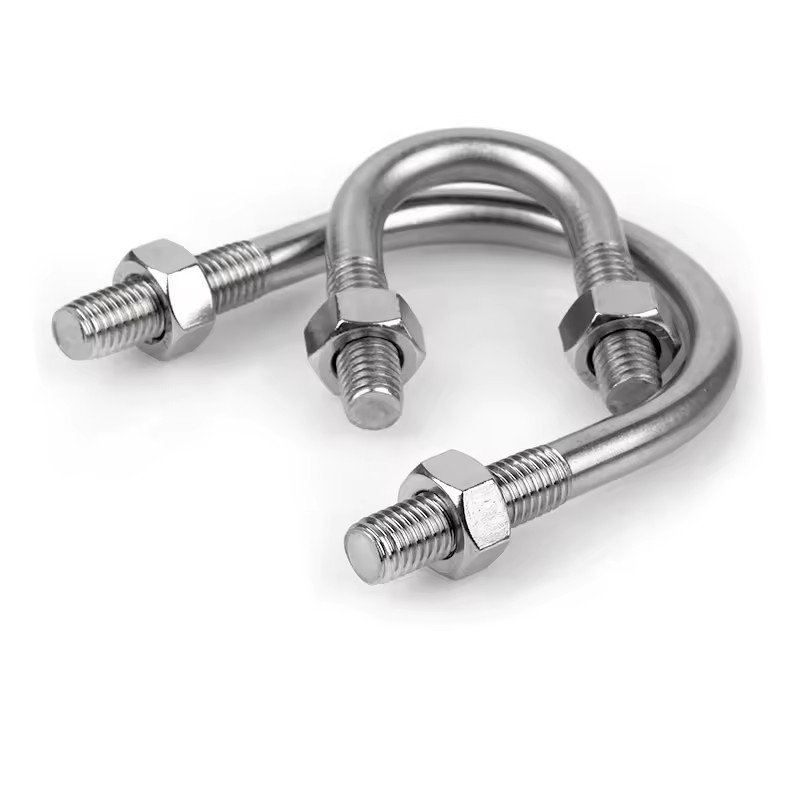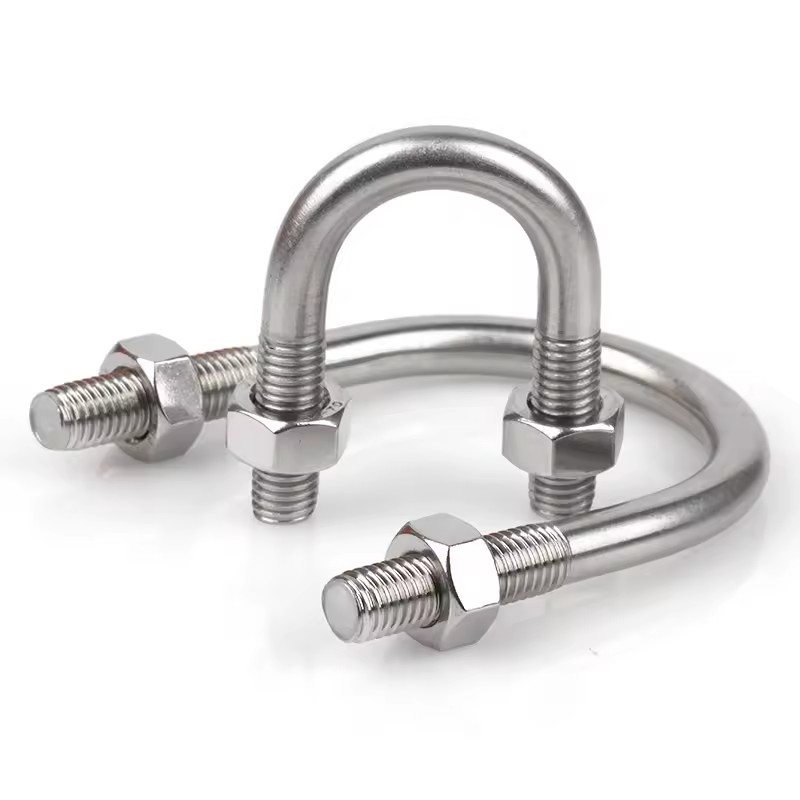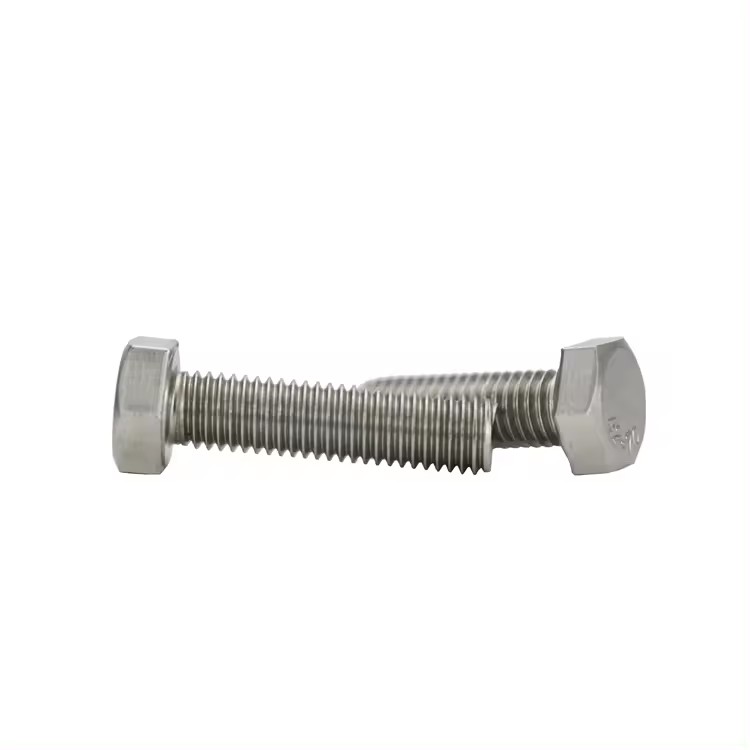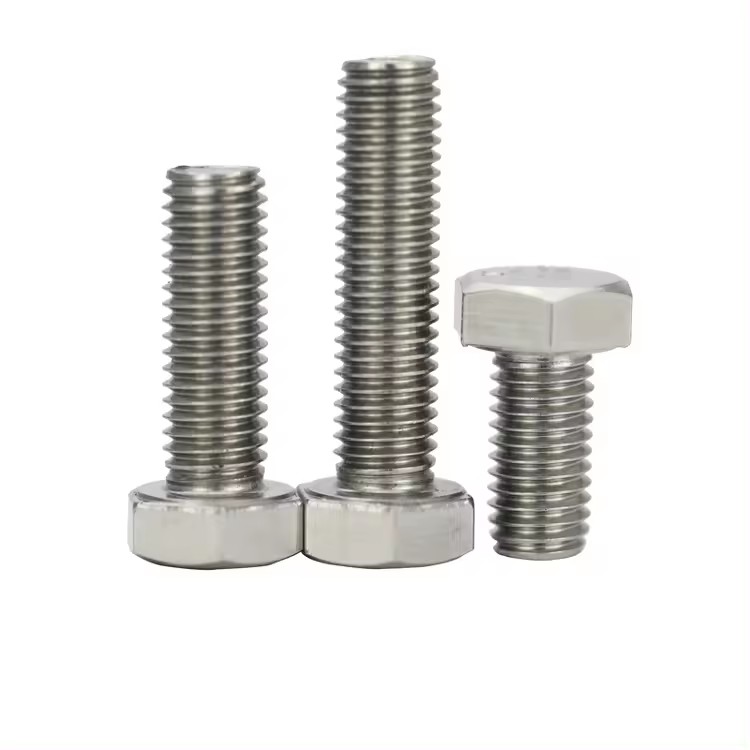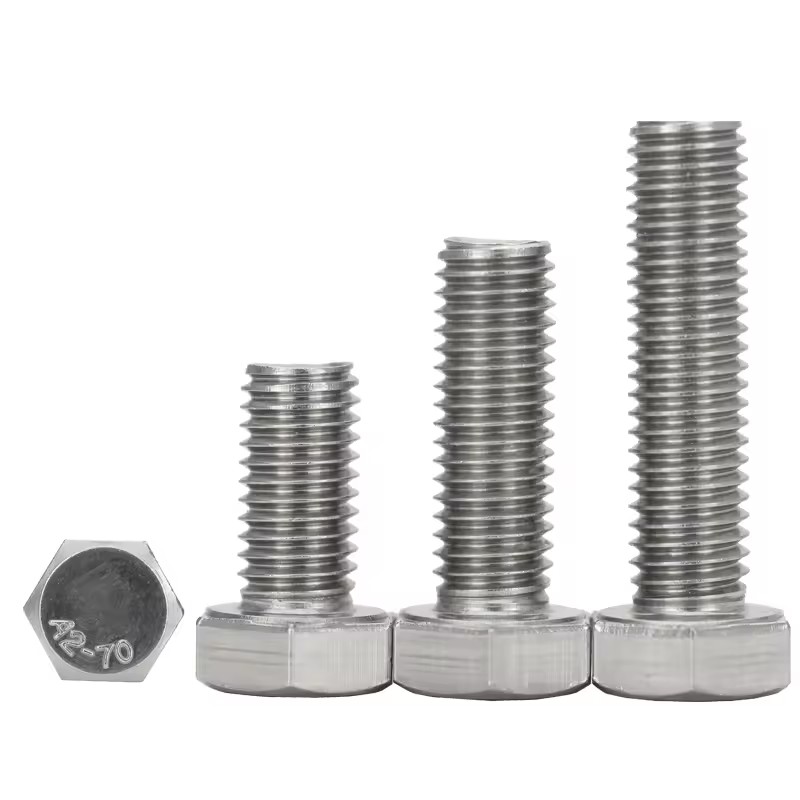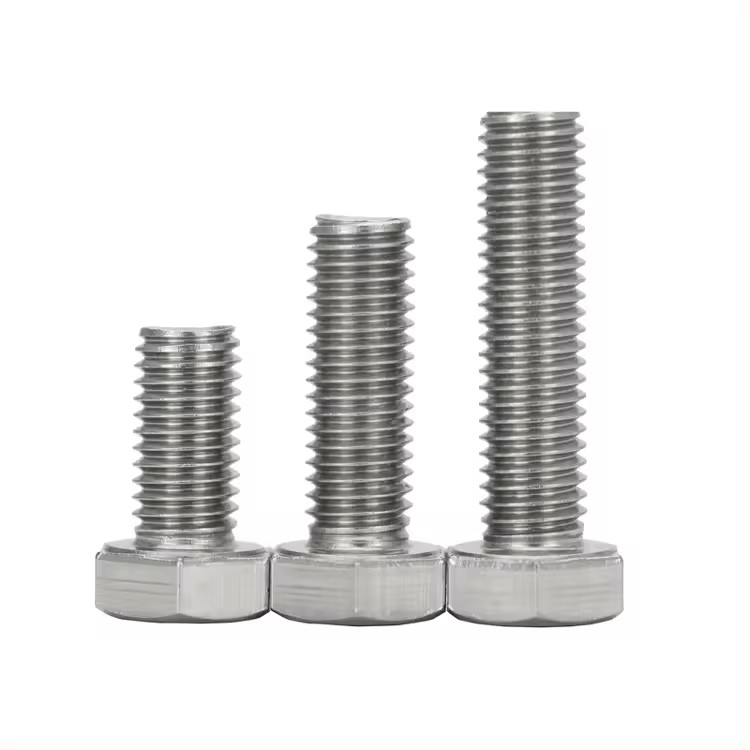Stainless steel nuts are essential fasteners known for their durability, corrosion resistance, and strength. Whether you're working on a construction project, automotive repair, or marine application, choosing the right stainless steel nuts ensures long-lasting performance. This guide covers everything you need to know about stainless steel nuts, including types, grades, sizes, and how to select the best ones for your needs.
Why Choose Stainless Steel Nuts?
Stainless steel nuts are preferred in many industries due to their unique properties:
- Corrosion Resistance: Unlike carbon steel nuts, stainless steel nuts resist rust and oxidation, making them ideal for outdoor and marine environments.
- High Strength: Certain grades of stainless steel nuts offer excellent tensile strength and durability.
- Aesthetic Appeal: Stainless steel nuts have a polished, clean look, making them suitable for visible applications.
- Temperature Resistance: They perform well in both high and low-temperature conditions.
Types of Stainless Steel Nuts
There are several types of stainless steel nuts, each designed for specific applications:
1. Hex Nuts
Hex nuts are the most common type, featuring six sides for easy tightening with a wrench. They are used in general-purpose fastening.
2. Lock Nuts
Lock nuts, such as nylon insert lock nuts or all-metal lock nuts, prevent loosening due to vibrations. They are commonly used in automotive and machinery applications.
3. Wing Nuts
Wing nuts have two "wings" for hand-tightening, making them ideal for applications requiring frequent adjustments.
4. Flange Nuts
Flange nuts have a built-in washer-like flange that distributes pressure and prevents loosening.
5. Square Nuts
Square nuts are used in woodworking and metal framing where a larger surface area is needed to prevent pull-through.
6. Cap Nuts
Cap nuts, also known as acorn nuts, have a domed top for a finished appearance and to protect threads.
Stainless Steel Nut Grades
Stainless steel nuts come in different grades, each offering varying levels of corrosion resistance and strength:
| Grade |
Properties |
Common Applications |
| 304 Stainless Steel |
Good corrosion resistance, moderate strength, non-magnetic |
General-purpose fastening, outdoor use |
| 316 Stainless Steel |
Higher corrosion resistance (marine-grade), stronger than 304 |
Marine, chemical, and coastal environments |
| 18-8 Stainless Steel |
Similar to 304, with 18% chromium and 8% nickel |
Household appliances, construction |
| 410 Stainless Steel |
Magnetic, high strength, moderate corrosion resistance |
High-stress applications, machinery |
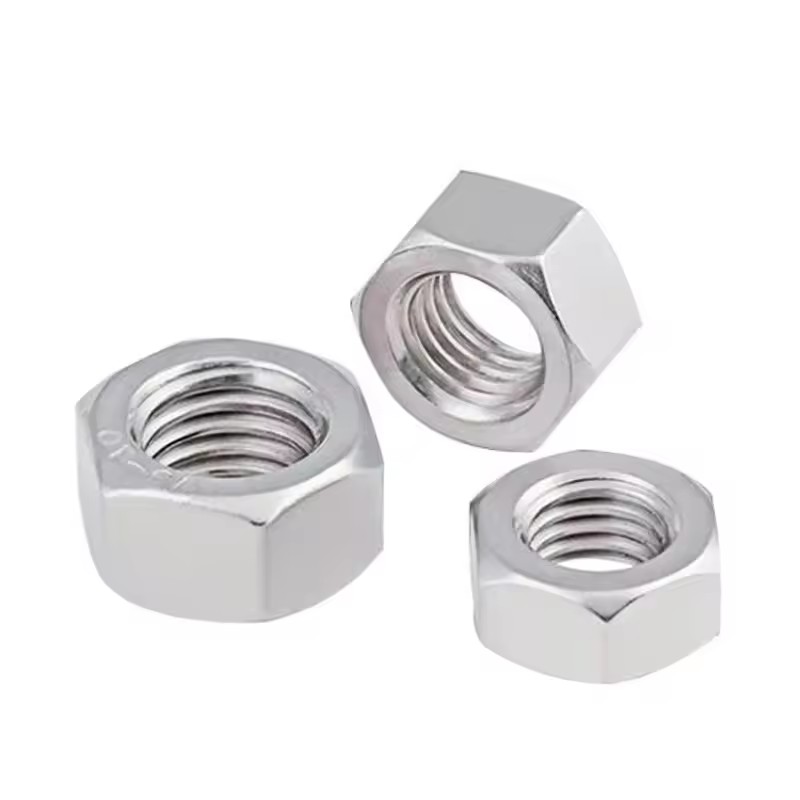
How to Choose the Right Stainless Steel Nut
Selecting the right stainless steel nut depends on several factors:
1. Environment
For highly corrosive environments (e.g., marine or chemical industries), choose 316 stainless steel nuts. For general use, 304 is sufficient.
2. Strength Requirements
If high tensile strength is needed, consider grade 410 or other high-strength stainless steel nuts.
3. Thread Compatibility
Ensure the nut matches the bolt's thread pitch and diameter (e.g., M6, 1/4"-20).
4. Temperature Conditions
For extreme temperatures, verify the nut's thermal stability.
Stainless Steel Nut Sizes and Dimensions
Stainless steel nuts come in various sizes, typically measured in metric (M6, M8) or imperial (1/4", 1/2") units. Always check:
- Thread Pitch: The distance between threads (e.g., coarse or fine).
- Width Across Flats: The measurement between opposite sides (important for wrench fitting).
- Height: The thickness of the nut.
Stainless Steel Nut vs. Carbon Steel Nut
Here’s a quick comparison between stainless steel and carbon steel nuts:
- Corrosion Resistance: Stainless steel wins; carbon steel requires plating or coating.
- Strength: Some carbon steel grades are stronger, but high-grade stainless steel can match them.
- Cost: Carbon steel nuts are usually cheaper but may require additional anti-corrosion treatments.
- Appearance: Stainless steel retains its shine, while carbon steel may rust or discolor.
Common Applications of Stainless Steel Nuts
Stainless steel nuts are used in various industries:
1. Construction
Used in structural fastening due to their weather resistance.
2. Automotive
Essential for engine components, exhaust systems, and chassis where heat and corrosion are concerns.
3. Marine
316 stainless steel nuts are ideal for boats and docks due to saltwater resistance.
4. Food Processing
Stainless steel nuts are hygienic and resistant to cleaning chemicals.
5. Aerospace
High-strength stainless steel nuts are used in aircraft assembly.
Maintenance and Care for Stainless Steel Nuts
While stainless steel nuts are low-maintenance, proper care extends their lifespan:
- Clean Regularly: Remove dirt and debris to prevent corrosion.
- Avoid Galvanic Corrosion: Do not pair stainless steel nuts with dissimilar metals (e.g., aluminum) in wet environments.
- Use Anti-Seize Lubricant: Helps prevent thread galling in high-torque applications.
Frequently Asked Questions (FAQs)
1. Are stainless steel nuts rust-proof?
While highly resistant, they can corrode under extreme conditions (e.g., chloride exposure). Grade 316 offers better rust resistance than 304.
2. Can stainless steel nuts be used with carbon steel bolts?
Yes, but galvanic corrosion may occur in wet environments. It's better to match materials.
3. What is the strongest stainless steel nut grade?
Grade 410 and other martensitic stainless steels offer high strength.
4. How do I prevent stainless steel nuts from seizing?
Use anti-seize lubricant and avoid over-tightening.
Conclusion
Stainless steel nuts are versatile, durable, and essential for many applications. By understanding the different types, grades, and selection criteria, you can choose the best stainless steel nuts for your project. Whether you need corrosion resistance, high strength, or aesthetic appeal, stainless steel nuts provide a reliable solution.



